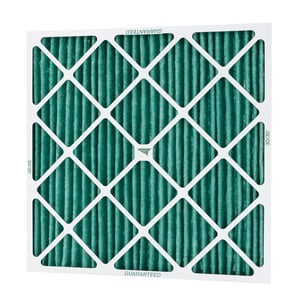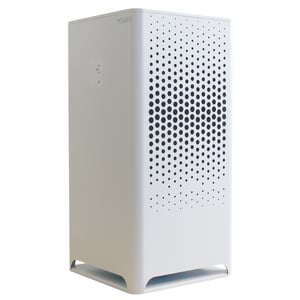For the past 10 years Camfil have supported Clean Air in London's mission to achieve full compliance with World Health Organisation air quality guidelines throughout London and elsewhere. Listen to Simon Birkett, Founder of Clean Air in London, as he explains how indoor air can often be more contaminated that outdoor air. Hear Simon's tips on the questions to ask and the standards to follow to protect your indoor environment from airborne contamination.
It is wonderful to be celebrating 10 years of Camfil's support for Clean Air in London's campaign to build public understanding of indoor air quality. Camfil has been a perfect lead sponsor for our campaign because of their deep knowledge of all things 'indoor air' and their genuine willingness to share that knowledge with those of us who spend 90% of our time indoors!
Our top tip for people is to understand that buildings can have ventilation, air conditioning or filtration or none of these. If a building has mechanical ventilation, people should ask their facilities manager whether it complies fully with the latest British and international standards for indoor air and air filtration, such as BS EN 16798-3: 2017, BS EN ISO 16890:2016 and BS EN ISO 10121-2:2013. Standalone air filters can also be used to reduce harmful particles and gases by 90-95%. These standards may need to be tightened once the World Health Organisation publishes new Air Quality Guidelines, expected later this year.
Most important, with COVID-19 upon us for the foreseeable future, we desperately need the Government to update its guidance documents for indoor air in hospitals, schools, shops, offices and other buildings to include the latest international standards for air filtration. We also need them to incorporate indoor air in a new Clean Air Act."



